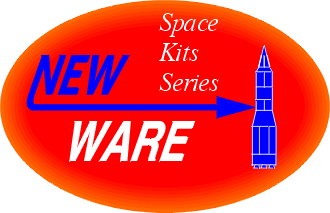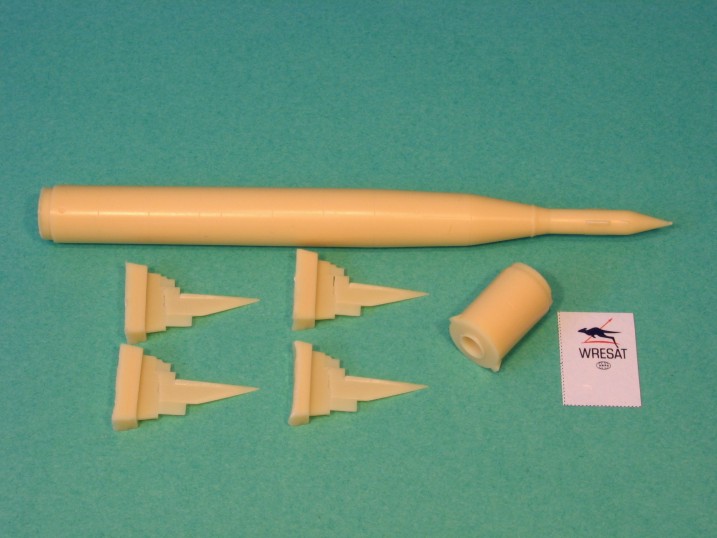 NW041 Sparta Wresat - Australia's first
satellite launch vehicle
NW041 Sparta Wresat - Australia's first
satellite launch vehicle NW041 Sparta Wresat - Australia's first
satellite launch vehicle
NW041 Sparta Wresat - Australia's first
satellite launch vehicle


In July 1951, Von Braun and his team began to build a large
guided missile - Redstone. To power this missile, North American
Aviation scaled up a V-2 engine, that burned a liquid
oxygen-alcohol fuel. During the powered portion of flight,
control of the missile came from carbon vanes located in the
engine exhaust and after that from air rudders on the tip of each
fin. It was determined that the range and accuracy could be
increased if the warhead separated from the booster after engine
burnout. The warhead section had four air vanes to control the
final trajectory to target after separation. The Redstone was
considered an intermediate-range ballistic missile (IRBM) and was
designed to be launched in the field and became operational in
1958.
Project SPARTA (SPecial Anti-missile Research Tests, Australia)
was a joint USA/UK/Australian project designed to observe
different types of reentry vehicles. USA supplied the Redstones
and UK authorized the use of the Woomera Range in Australia.
After 9 SPARTA launches one Redstone was left over. The
Australian government obtained permission to use this Redstone as
a satellite launcher. By firing the third stage upward instead of
downward, a 160 pound satellite could achieve orbit. A satellite
named WRESAT, was built and tested by Weapons Research
Establishment (WRE) in Australia, and launched on November 29,
1967. To this day it remains the only satellite launched by
Australia, from Australia.